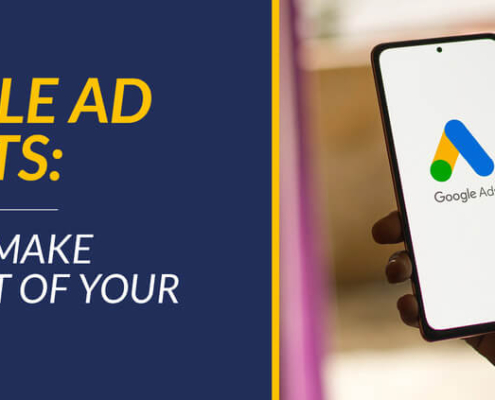
Google Ad Grants: How to Make The Most of Your Free Ads
Imagine having $10,000 each month to get your nonprofit in front…

4 New Revenue Streams Your Nonprofit Can Start Using Now
Fundraising can be a little unpredictable. While your nonprofit…

Does Your Website Need Plugins, Add-Ons, or Custom Software?
Picture this: you’re getting ready to launch a digital fundraising…

ROI Exercise Explained
At Getting Attention, we focus on helping nonprofits maximize…